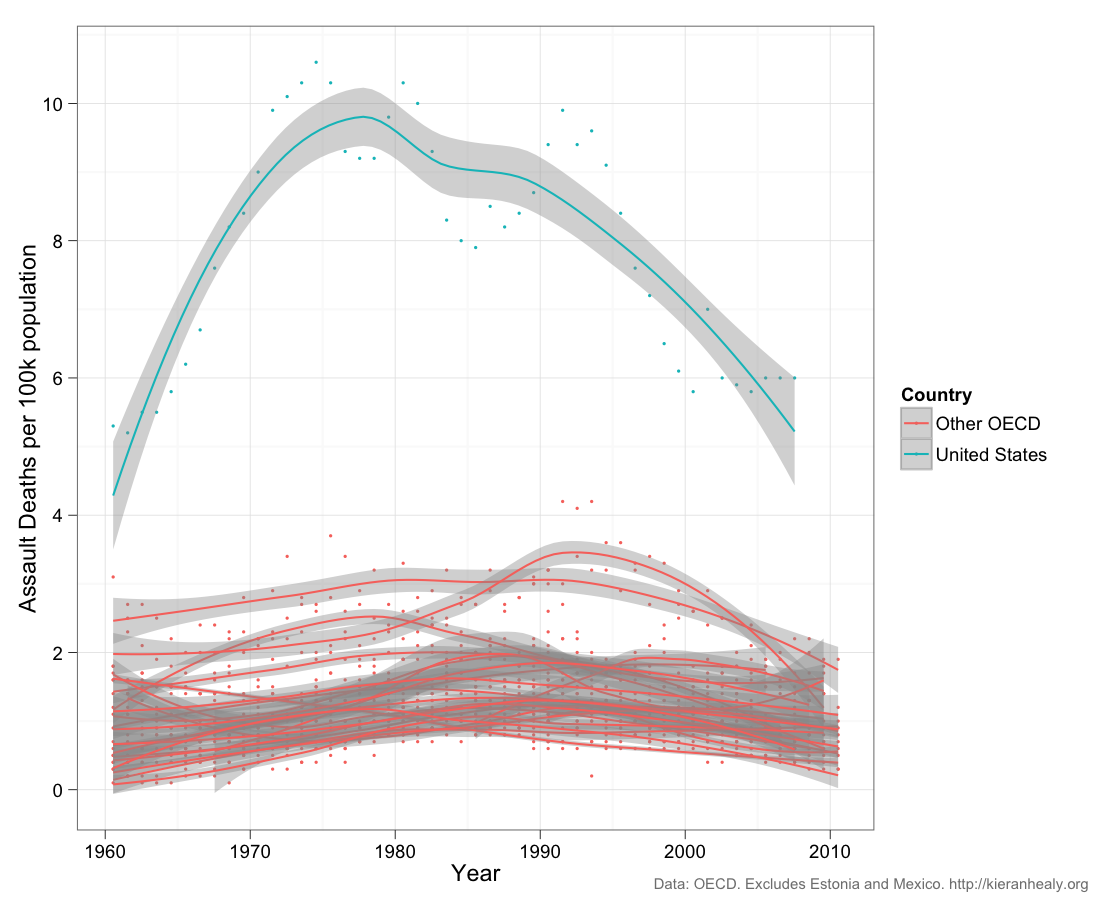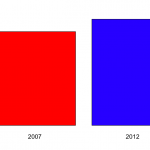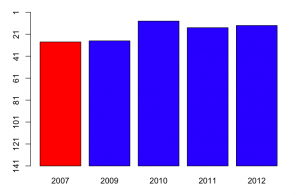Cybercrime misrepresentation soars
From a story in Stuff
The amount of money Kiwis lost to online dating scams has doubled in the past year and now makes up almost two-thirds of all reported online fraud losses.
which then goes on to say
NetSafe operates a website, theorb.org.nz, in partnership with the police, the Consumer Affairs Ministry and other government agencies which lets people report frauds by clicking on an “online reporting button”.
So it’s not a doubling of cybercrime, it’s a doubling of cyberreporting. A bogus poll, in other words.
We then read
The charity claimed in June that cyber-crime cost the country “as much as $625 million” in financial losses once the time and expense in sorting issues, such as removing malware, was included.
If we simultaneously believed the $625 million and believed that the ‘two-thirds’ from online dating scams was meaningful, that would be $400 million per year from online dating scams, which is ludicrous. So at least one of these figures is bogus.
In fact, they both probably are. The story goes on to say
The estimate was extrapolated from international surveys carried out by Symantec, which sells security software.
NetSafe consultant Chris Hails acknowledged Symantec’s figures had been questioned and said there was no single source of reliable figures.
The journalist is to be commended for at least forcing this admission. The figures from people selling computer security products are notoriously inflated; there’s a good description of attempts to track down the sources of these numbers from a recent ProPublica article.
It’s hard to visualise big numbers, so it may not be obvious how extreme the $625 million number is. For example, it’s more than the total profit from NZ beef exports ($2 billion gross, about 25% profit (p22)) , and it’s more than ACC spends on medical treatment each year.




